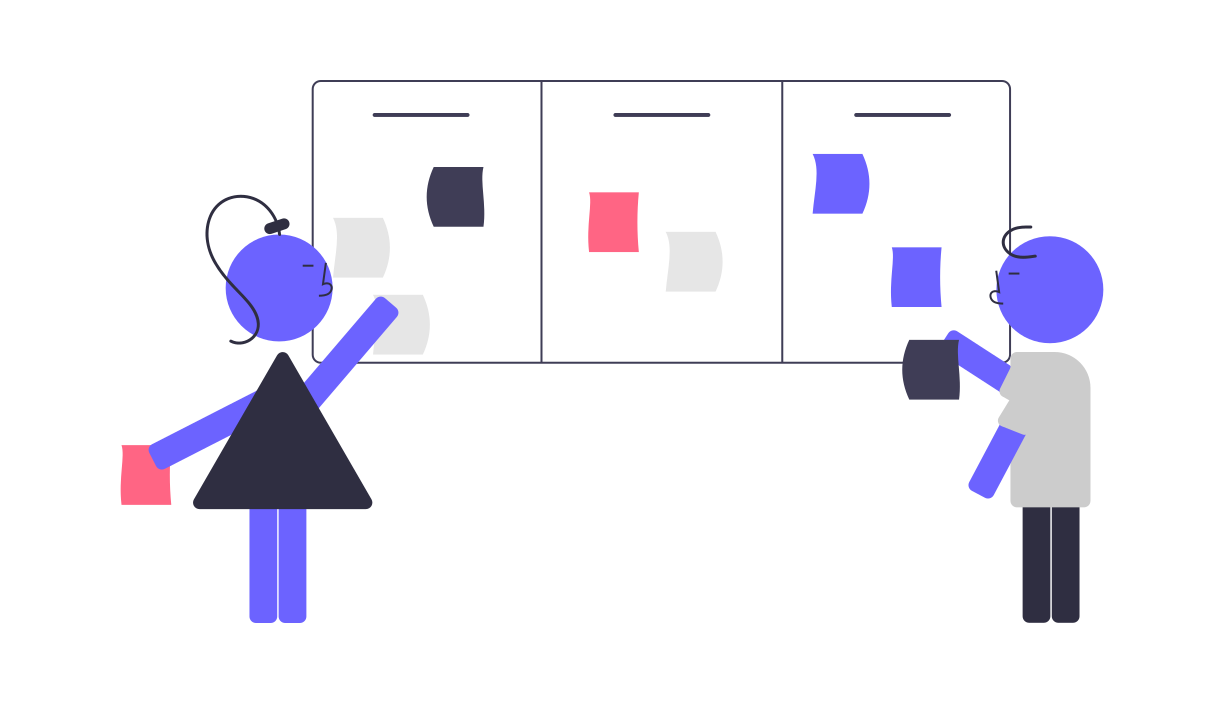In the realm of modern marketing, understanding the "why" behind consumer behavior is just as crucial as knowing the "who." This is where psychographic segmentation comes into play. Unlike demographic segmentation, which focuses on quantifiable attributes such as age and income, psychographic segmentation delves into the psychological aspects of consumer behavior. It categorizes individuals based on their lifestyles, values, attitudes, interests, and personality traits, providing a richer, more nuanced understanding of your audience.
The Essence of Psychographic Segmentation
Psychographic segmentation is about grasping the underlying motivations that drive consumer actions. It looks beyond surface-level characteristics to explore what makes consumers tick. By analyzing psychographic data, marketers can identify patterns and themes that reveal why people make certain choices, how they perceive products and services, and what influences their purchasing decisions.
Key Elements of Psychographic Segmentation
-
Lifestyle:
- Lifestyle segmentation considers how people spend their time and money, what activities they enjoy, and their overall way of living. This helps in tailoring marketing messages that resonate with their daily lives and aspirations.
-
Values:
- Values are core beliefs that guide behavior and decision-making. Understanding the values of your target audience allows you to align your brand with what they hold dear, fostering deeper connections and loyalty.
-
Attitudes:
- Attitudes reflect consumers' feelings and predispositions towards products, brands, or broader societal issues. By tapping into these attitudes, marketers can craft messages that strike a chord with their audience's beliefs and opinions.
-
Interests:
- Interests reveal what captivates an audience's attention and engages them. Whether it's hobbies, passions, or general preferences, knowing these interests enables more personalized and engaging marketing efforts.
-
Personality Traits:
- Personality segmentation looks at individual characteristics such as introversion vs. extroversion, risk-taking vs. caution, and openness to new experiences. This allows for highly customized marketing strategies that appeal to different personality types.
Advantages of Psychographic Segmentation
-
Enhanced Personalization:
- Psychographic data provides a deeper understanding of your audience, enabling highly personalized marketing messages that resonate on an emotional level.
-
Improved Customer Engagement:
- By aligning your marketing with the values, interests, and lifestyles of your audience, you can create more engaging and relevant content that captures their attention and loyalty.
-
More Effective Branding:
- Understanding the psychographics of your audience allows you to position your brand in a way that aligns with their identity and values, strengthening brand affinity and loyalty.
-
Deeper Market Insights:
- Psychographic segmentation offers profound insights into consumer behavior, helping businesses anticipate trends, understand market shifts, and adapt strategies accordingly.
Steps to Implement Psychographic Segmentation
-
Conduct Surveys and Interviews:
- Gather psychographic data through detailed surveys, interviews, and focus groups. Ask questions about lifestyle, values, interests, and attitudes to uncover deeper insights.
-
Analyze Social Media and Online Behavior:
- Use social media analytics and online behavior tracking to gather information about your audience's interests, preferences, and interactions.
-
Utilize Psychographic Profiling Tools:
- Employ advanced tools and software that analyze psychographic data, providing detailed profiles of your target audience.
-
Segment Your Audience:
- Create distinct psychographic profiles based on the data collected. Group individuals with similar lifestyles, values, and interests to form targeted segments.
-
Tailor Marketing Strategies:
- Develop marketing strategies that cater to the specific needs, desires, and motivations of each psychographic segment.
Conclusion
Psychographic segmentation is a powerful approach that goes beyond traditional demographic analysis, offering a deeper, more comprehensive understanding of your audience. By tapping into the psychological drivers of consumer behavior, businesses can create more effective, personalized, and emotionally resonant marketing campaigns. Embrace psychographic segmentation to connect with your audience on a deeper level, fostering stronger relationships and driving greater success.


